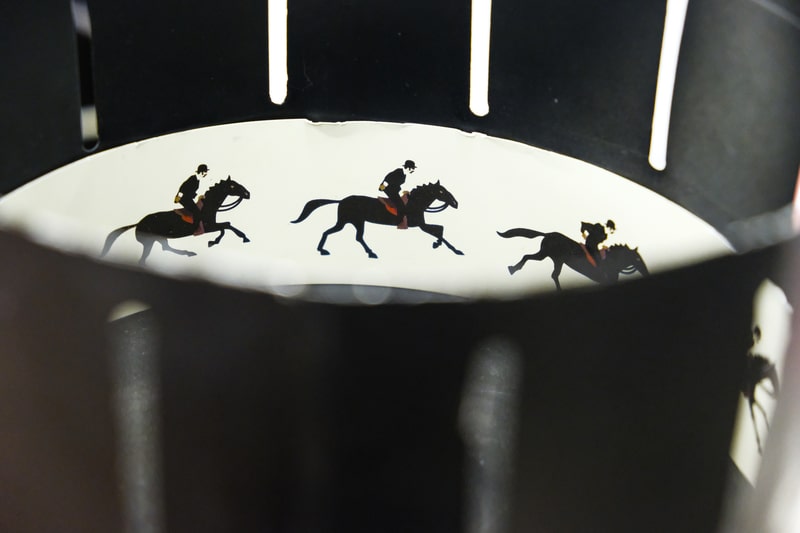
Balance refers to the distribution of visual weight in a composition. It is achieved by arranging elements in a way that creates a sense of equilibrium. There are three types of balance: symmetrical (when elements are evenly distributed on both sides), asymmetrical (when elements are not evenly distributed but still achieve balance), and radial (when elements radiate outwards from a central point).
Contrast involves the juxtaposition of different elements to create visual interest and emphasize differences. It can be achieved through variations in color, value, texture, shape, or size. Contrast helps to create focal points, highlight important elements, and add depth and dimension to an artwork.
Emphasis refers to the creation of a focal point or center of interest in a composition. It is achieved by using contrast, color, size, or placement to draw the viewer’s attention to a particular area or element. Emphasis helps to guide the viewer’s eye and communicate the main idea or message of the artwork.
Movement is the illusion of motion or the suggestion of action in an artwork. It can be achieved through the use of diagonal or curved lines, repetition of shapes or patterns, or the arrangement of elements in a way that creates a sense of flow. Movement adds energy and dynamism to a composition, creating a sense of visual interest and engagement.
Pattern refers to the repetition of elements or motifs in a composition. It can be created through the repetition of lines, shapes, colors, or textures. Pattern adds rhythm and harmony to an artwork, creating a sense of unity and cohesion.
Rhythm is the repetition or alternation of elements to create a sense of visual flow and harmony. It can be achieved through the repetition of shapes, colors, lines, or values. Rhythm adds a sense of movement and continuity to an artwork, guiding the viewer’s eye and creating a sense of visual interest.
Unity is the harmonious relationship between all elements in a composition. It is achieved by organizing and arranging elements in a way that creates a sense of oneness and coherence. Unity helps to create a sense of completeness and balance in an artwork, ensuring that all elements work together to communicate the artist’s intended message or idea.
These seven principles of art are not strict rules, but rather guidelines that artists can use to create visually compelling and meaningful artworks. By understanding and applying these principles, artists can effectively communicate their ideas and evoke emotional responses from viewers. Whether you are a beginner or an experienced artist, incorporating these principles into your creative process can greatly enhance the impact and quality of your artwork.
Learn more about the principles of art by taking online classes through Yarnell School Online. Whether beginner or advanced, we have self-paced classes for you!